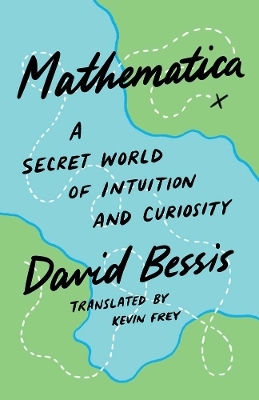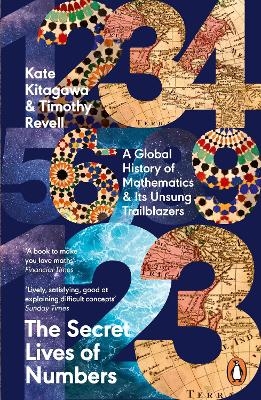
Approaches to Algebra
Springer (Verlag)
978-0-7923-4168-0 (ISBN)
In Greek geometry, there is an arithmetic of magnitudes in which, in terms of numbers, only integers are involved. This theory of measure is limited to exact measure. Operations on magnitudes cannot be actually numerically calculated, except if those magnitudes are exactly measured by a certain unit. The theory of proportions does not have access to such operations. It cannot be seen as an "arithmetic" of ratios. Even if Euclidean geometry is done in a highly theoretical context, its axioms are essentially semantic. This is contrary to Mahoney's second characteristic. This cannot be said of the theory of proportions, which is less semantic. Only synthetic proofs are considered rigorous in Greek geometry. Arithmetic reasoning is also synthetic, going from the known to the unknown. Finally, analysis is an approach to geometrical problems that has some algebraic characteristics and involves a method for solving problems that is different from the arithmetical approach. 3. GEOMETRIC PROOFS OF ALGEBRAIC RULES Until the second half of the 19th century, Euclid's Elements was considered a model of a mathematical theory. This may be one reason why geometry was used by algebraists as a tool to demonstrate the accuracy of rules otherwise given as numerical algorithms. It may also be that geometry was one way to represent general reasoning without involving specific magnitudes. To go a bit deeper into this, here are three geometric proofs of algebraic rules, the frrst by Al-Khwarizmi, the other two by Cardano.
1. Approaches to Algebra: Perspectives for Research and Teaching.- I. Historical Perspectives in the Development of Algebra.- 2. From Euclid to Descartes: Algebra and its Relation to Geometry.- 3. The Roles of Geometry and Arithmetic in the Development of Algebra: Historical Remarks from a Didactic Perspective.- 4. The Role of Problems and Problem Solving in the Development of Algebra.- II. A Generalization Perspective on the Introduction of Algebra.- 5. Expressing Generality and Roots of Algebra.- 6. An Initiation into Algebraic Culture through Generalization Activities.- 7. Some Reflections on Teaching Algebra through Generalization.- III. A Problem-Solving Perspective on the Introduction of Algebra.- 8. Emergence and Development of Algebra as a Problem-Solving Tool: Continuities and Discontinuities with Arithmetic.- 9. Developing Algebraic Aspects of Problem Solving within a Spreadsheet Environment.- 10. Rough or Smooth? The Transition from Arithmetic to Algebra in Problem Solving.- 11. Algebraic thought and the Role of a Manipulable Symbolic Language.- 12. Placement and Function of Problems in Algebraic Treatises from Diophantus to Viète.- 13. Problem-Solving Approaches to Algebra: Two Aspects.- 14. “When is a Problem?”: Questions from History and Classroom Practice in Algebra.- IV. A Modeling Perspective on the Introduction of Algebra.- 15. Mathematical Narratives, Modeling, and Algebra.- 16. Reflections on Mathematical Modeling and the Redefinition of Algebraic Thinking.- 17. Modeling and the Initiation into Algebra.- V. A Functional Perspective on the Introduction of Algebra.- 18. A Technology-Intensive Functional Approach to the Emergence of Algebraic Thinking.- 19. Introducing Algebra by Means of a Technology-Supported, Functional Approach.- 20. AFunctional Approach to Algebra: Two Issues that Emerge.- VI. Synthesis and Directions for Future Research.- 21. Backwards and Forwards: Reflections on Different Approaches to Algebra.- References.- Author Affiliations.
| Erscheint lt. Verlag | 30.6.1996 |
|---|---|
| Reihe/Serie | Mathematics Education Library ; 18 |
| Zusatzinfo | XVI, 348 p. |
| Verlagsort | Dordrecht |
| Sprache | englisch |
| Maße | 155 x 235 mm |
| Themenwelt | Mathematik / Informatik ► Mathematik ► Geschichte der Mathematik |
| Sozialwissenschaften ► Pädagogik ► Erwachsenenbildung | |
| Sozialwissenschaften ► Pädagogik ► Schulpädagogik / Grundschule | |
| ISBN-10 | 0-7923-4168-6 / 0792341686 |
| ISBN-13 | 978-0-7923-4168-0 / 9780792341680 |
| Zustand | Neuware |
| Informationen gemäß Produktsicherheitsverordnung (GPSR) | |
| Haben Sie eine Frage zum Produkt? |
aus dem Bereich


